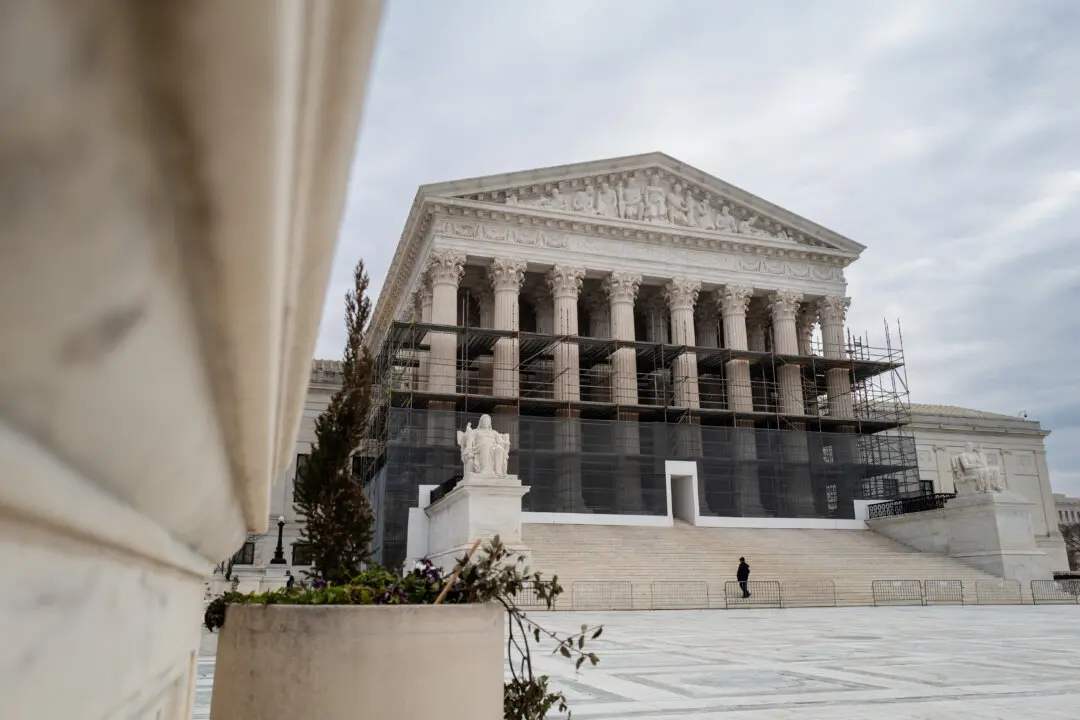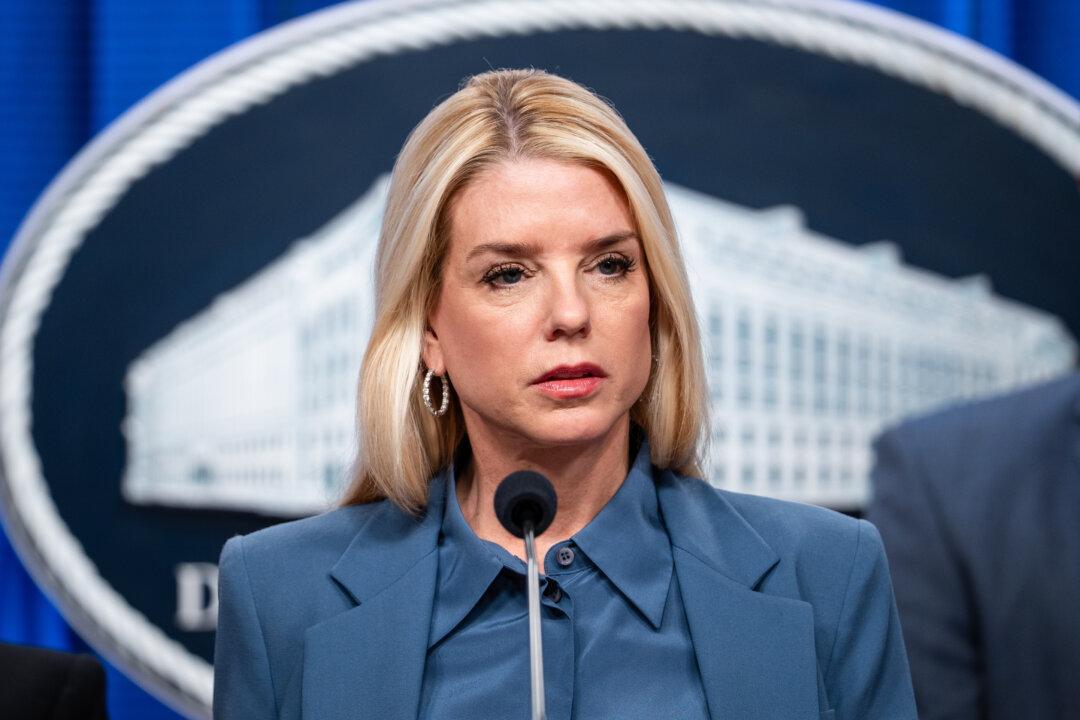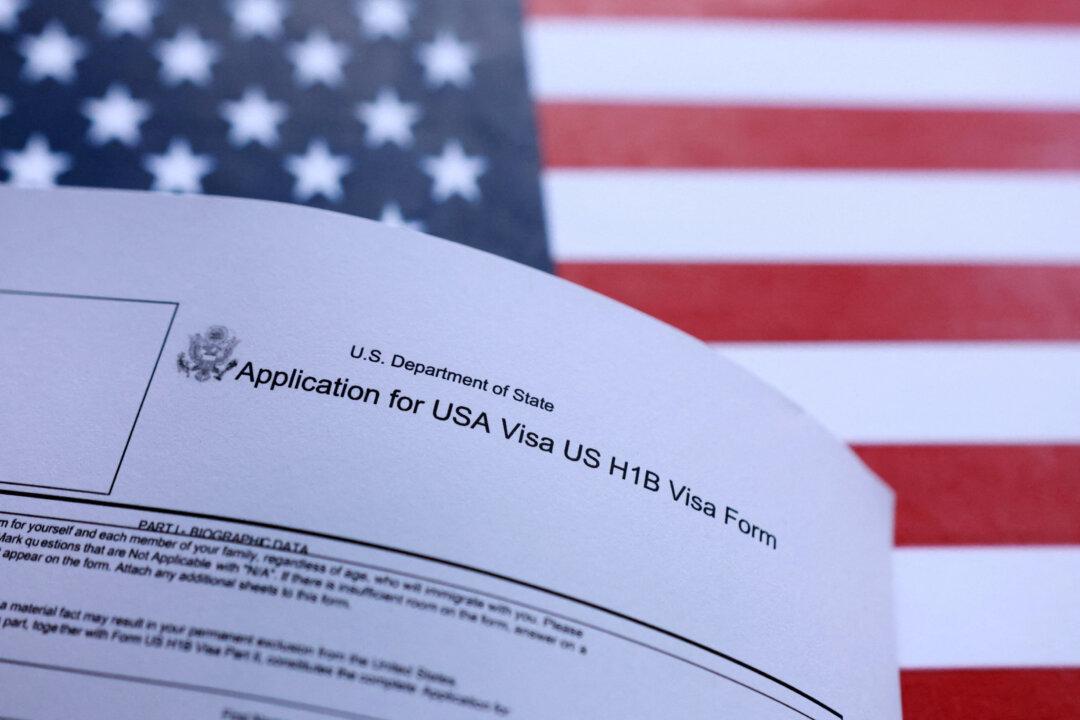More than 200 Patent Trial and Appeal Board (PTAB) judges were unconstitutionally appointed, but the problem may be cured by having by having the board’s director exercise greater supervision of them, the Supreme Court ruled in a splintered decision.
The decision in the case of U.S. v. Arthrex Inc., court file 19-1434, which was consolidated with two other cases involving Arthrex, came June 21.





